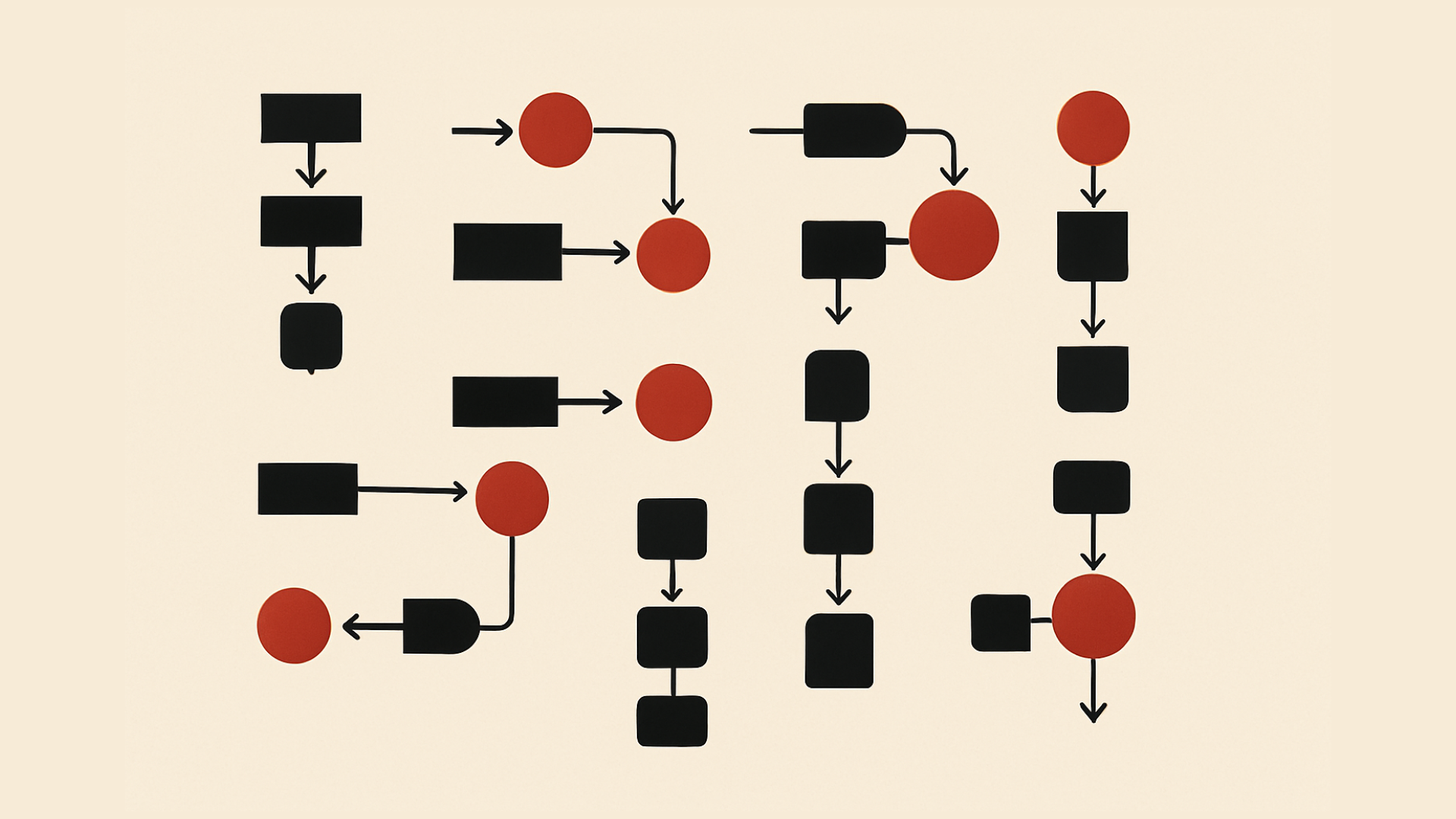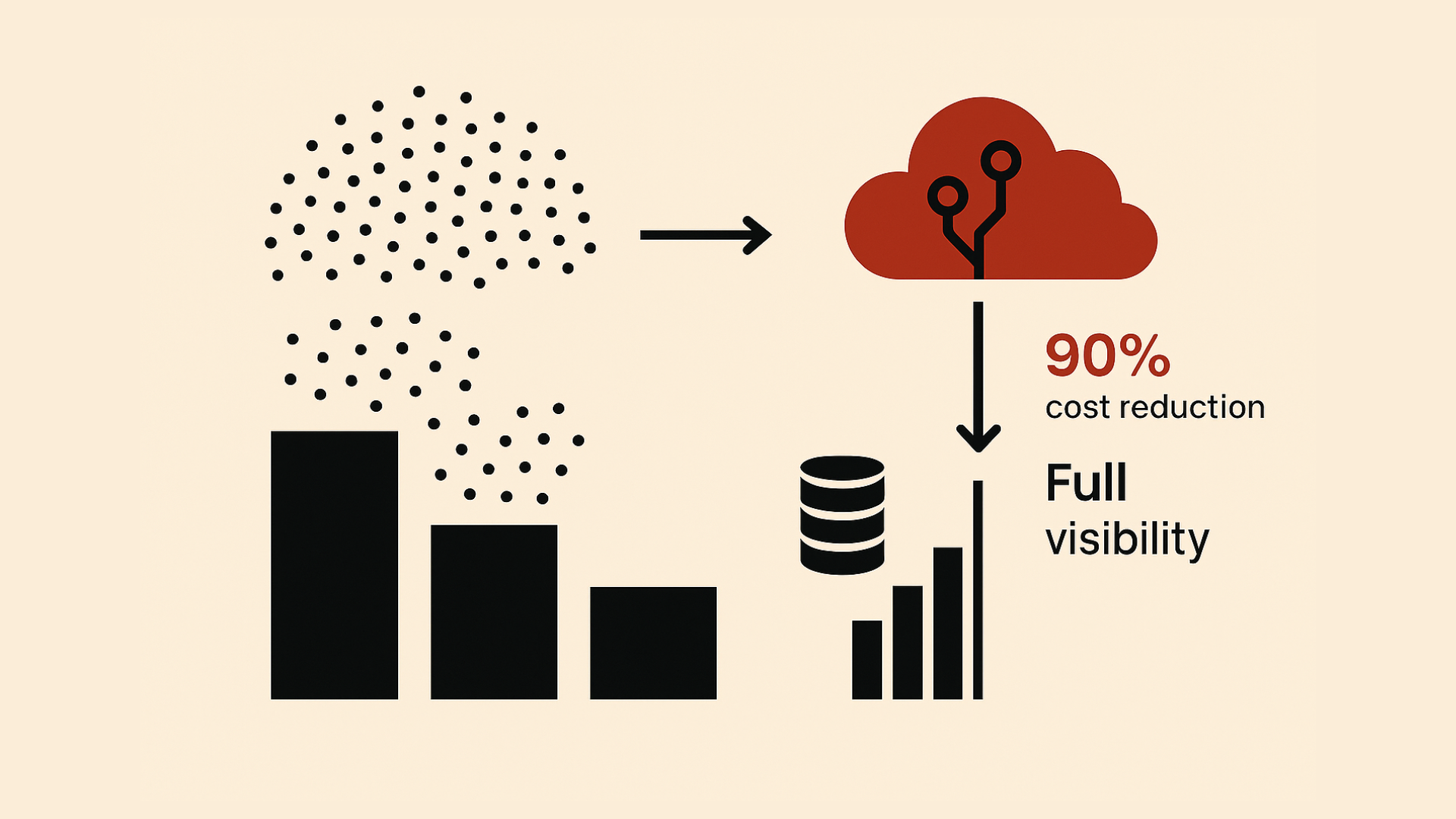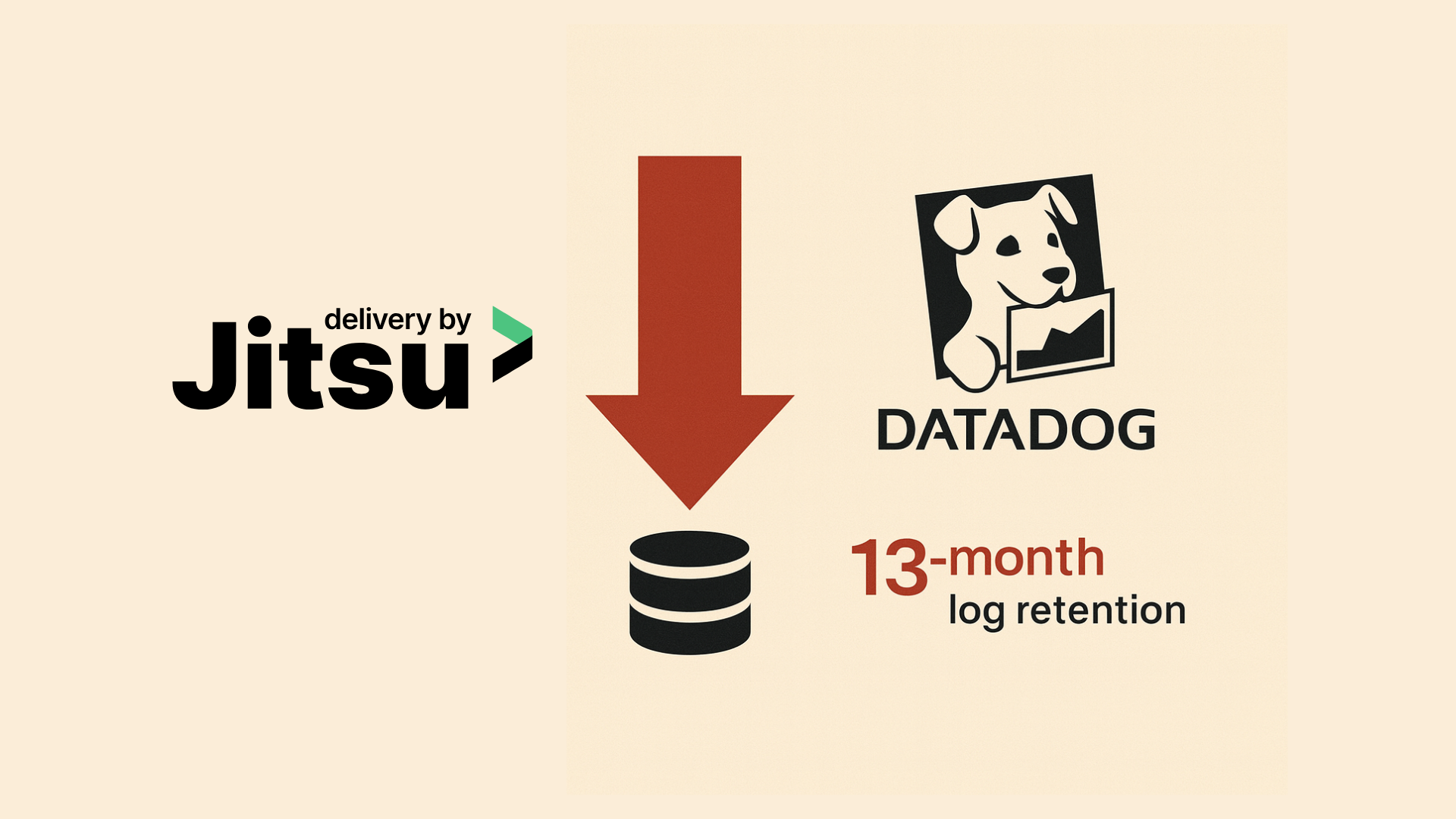Grepr Blog
Read the latest news and articles on the industry, our product, and company.
.png)
Engineering
Remove Sensitive Data From Your Logs With the SQL Transform
Grepr's SQL transform enables real-time redaction of sensitive data like passwords from log events before they reach your data lake or monitoring platform, using familiar SQL syntax within your log processing pipeline.
.png)
Events
Three Weeks, Three Conferences, One Clear Message About Observability Costs
Across KubeCon, AWS re:Invent, and Gartner's IT Infrastructure conference, one message was consistent: observability costs are rising faster than value, and teams need high-signal data that supports AI scale, infrastructure decisions, and budget accountability.

Product
Grepr Live View: Test Pipeline Changes with Production Data
Live View clones your production pipeline so you can test configuration changes against real data streams without any deployment risk.
.png)
Announcements
Grepr Recognized by Gartner as a Cool Vendor for AI Driven Operations
Grepr was recognized by Gartner as a Cool Vendor in AI for IT Operations for its ability to give AI driven systems cleaner signal, lower cost, and real-time pattern detection that powers advanced LLM workflows.

Product
Using Grepr With Grafana Cloud
Grepr cuts Grafana Cloud log costs by up to ninety percent through a simple configuration change that redirects your existing shippers to use semantic machine learning for automatic pattern aggregation while preserving all raw data in low cost storage.

Product
Grokking With Grepr
Grok lets teams fill the gaps when automatic field detection misses something, giving Grepr a simple way to extract key details from unstructured logs and keep data accurate.

Product
Understanding Pipeline Exceptions in Grepr
Grepr pipeline exceptions let engineers surface full raw logs on demand during incidents while keeping everyday log reduction in place.

Product
APM Signature Sampling: Enabling High-Fidelity Observability
Grepr’s Signature Sampling brings high-fidelity observability to modern systems by capturing every unique execution path without the noise or cost of traditional APM.
.png)
Case Study
Webinar Recap: How Fossa Saved 90% On Datadog Observability Costs with Grepr
FOSSA cut Datadog observability costs by over 90% with Grepr, reducing log volume instantly while keeping full visibility, no workflow changes, and zero data loss.

Engineering
What Is an Observability Pipeline (and Why It Matters More Than Ever)
Modern observability generates too much telemetry data and too little insight, and Grepr solves this by providing an intelligent observability platform that automates data processing, routing, and storage to cut costs by over 90% while preserving full visibility.

Engineering
How DORA Redefines Logging and Observability
Grepr enables financial institutions to stay compliant with DORA by maintaining full log visibility and audit readiness at a fraction of traditional costs.

Case Study
How Jitsu Cut Logging Costs by 90% While Managing Millions of Shipments Generating 400 Logs Each
Jitsu used Grepr to cut Datadog log volume and costs by over 90 percent while keeping complete visibility, fast troubleshooting, and 13-month log retention.


